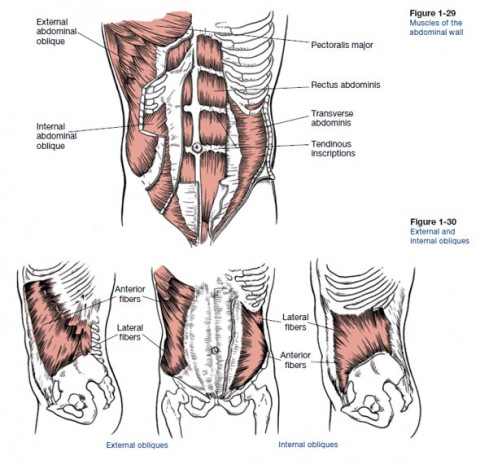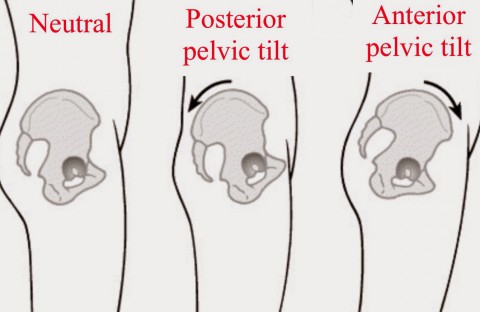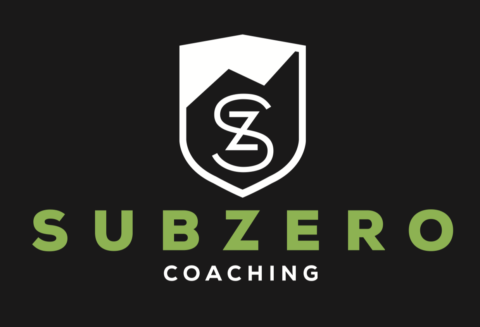Autumn Ski Prep – Core Training for Skiing

Core Training for Skiing
Who hasn’t been told, in their sport life, how much core training is important?
Let’s have a look on what this is about.
What is the Core

The word “core” is generally used to identify (at least) the belt of muscles that goes from around the lower part of the ribs to the pelvis, surrounding the body from the front to the back. A lot of muscles are involved and each group have a different purpose. They will make the body move by twisting on its vertical axe, bending on its frontal plane or sideways, lowering your torso or rising your legs. All together they will keep your organs inside, protect them from external impacts and help and support the breathing processes.
It’s fairly easy to understand how vital these functions are and therefore how important the training is going to be.
Planning Core Training
There are few things that are needed to take in consideration while planning a core training session:
1. A lot of different muscles means a lot of different directions of work
2. Many of those muscles groups are mainly made by tendons and connective tissues, not muscle fibers
3. The core muscles work all in syncro, not isolated from one other
4. The core supports fast and slow movements of the body. It will need to be trained accordingly with the sport’s need
5. Functionality matters over aesthetics
Putting theory into practice
With those points in mind planning a program can be fairly straight forward.
Exercises will need to have different angle of movement and origin of traction in order to activate the most number of fibers and groups muscles all together.
Having tendons and connective tissues over muscle fibers means a different way of working them, with either low or high reps and intensity.
Exercises that focus on one single muscle are useful ONLY if that muscle is particularly undertrained compared to the rest of them, OR if there is a particular need for that muscle in the practiced sport.
It’s more efficient to use exercises that involve more groups at ones,
Depending on the sports the core training will need to have a higher number of faster movements rather than slow one and viceversa. In all cases the core is at work 24/7, red fibers (slow twich) are always going to be more numerous than white ones (fast twitch).
Having a “six pack” clearly visible doesn’t mean having a strong core, and viceversa. The six pack is a clear indicator of being under a certain percentage of body fat, not of core training level.
If you train the core in order to get an aesthetic result, you need to look into the diet first.
Core training for skiing – Routine example
A basic core training routine should see a mix exercises as follow:
Normal crunch
Side planks
Reverse crunch
Frontal planks
Twists with light weight or no weight
The use of isometric exercises (no movement) is also a way to stimulate the Transverse Abdomini band, which is one of the classic forgotten muscle. It’s located behind (or more internally) all the other muscle groups and is connected to a number of vital functions, amongst others the already mentioned holding organs in and breathing.
Playing around with swiss balls, hang bars and other devices will make the sessions more fun, differenciate the intensity and get closer to the specific needs of each sports.
The same is valid for the lasting of the workouts and the frequency with which they are planned inside the training cycle (times x week/month).
Core Training and Posture
The trickiest thing about core training are the postural consequences.
These muscles “organize” the balance of the pelvis and generally speaking of the rest of the body.
If some muscles are worked in a range that is too short or too long the pelvis may rotate forward or backwards.

If the muscles at “the front” of our core belt are too long and the once at “the back” are too short we’ll have the tendency of arching the back and accentuating the lumbar curve.
This will bring the bottom to stick out, bringing a lot of extra pressure to the vertebral disks, carrying risks of hernias.
The same thing, but with opposite dynamics, if the front muscles are too short in length and the back ones too long.
The lumbar natural curve will get flattened and the discs will get pushed out of the natural intervertebral position.
In both cases the general posture will be affected and changed one way or the other.
A good number of muscles outside the core belt also participate to the balance of the pelvis and the general posture.
It will be of prime importance to be checked periodically on both the choice of exercises and their execution in order to avoid problems or being able to solve an already existing bad postural situation.
Core Training For Skiing – The Season with us
Subzero Coaching is a sports coaching company specialized in ski instructor education. All our ski instructor courses have a professional Strength and Conditioning coach following each training team through out. Along with the help of Physiotherapists and Posture Educators we can support each individual and quickly respond to all the needs that might rise.
We are based in Zermatt, Switzerland. Running, amongst others:
- Autumn Gap Programme
- Autumn Level 3 Prep Course
- Winter Level 3 ISIA Stamp Course
- Winter Level 4 Course
Our Coaching Team comes from different backgrounds and associations, enabling us to provide ad-hoc training to pros from different education systems.
Through the collaboration with ski schools in Europe and across the World we are able to provide job opportunities during our courses as well as towards a future career beyond the time with us.
